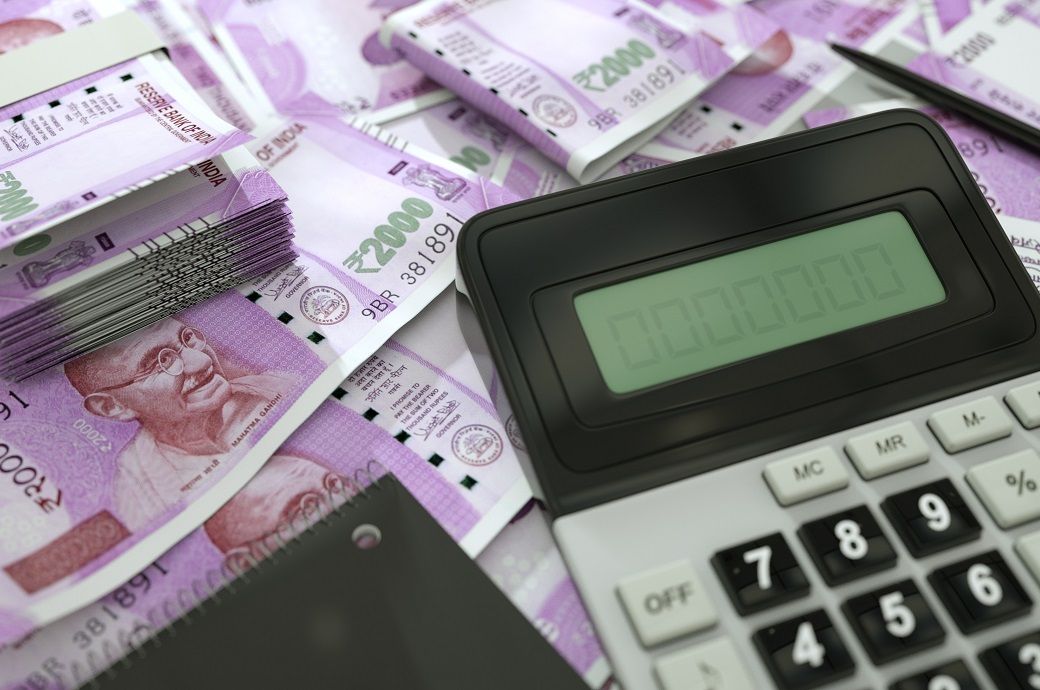
The report, titled ‘India@100: Realising the potential of a $26 trillion economy’, underscores the growth trajectory of the Indian economy that is projected to be the highest for any large economy over the coming decades. It recommends ensuring macro-economic stability and resilience and continued thrust on reforms, which will be especially relevant in the backdrop of ongoing geo-political conflicts, inflationary pressures, and slowing global growth.
With India’s real GDP growth forecasted to average 6.5 per cent during this five-year period, it is expected to be moderately affected by global economic events as compared to the rest of the world. The long-term projections beyond fiscal 2028 (FY2028) are based on the Organisation for Economic Co-operation and Development’s (OECD) methodology with suitable modifications made with respect to India’s growth profile.
Under the most preferred scenario, India is likely to cross the critical thresholds of $5 trillion, $10 trillion, and $20 trillion in market exchange rate terms in FY2028, FY2036, and FY2045, respectively.
“As this study shows, India offers a unique investment opportunity as the world struggles with heightened consumer demands and increased geo-political pressures. With the biggest talent pool, an accelerated pace of economic reforms, breakthroughs in energy transition, and rapid digital transformation, the long-term growth trajectory is clearly positive. India demonstrates immense potential and is positioned to make a truly transformative impact on the world stage,” said Carmine Di Sibio, global chairman and CEO, EY.
Using International Monetary Fund’s (IMF) medium-term projections and OECD’s long-term forecasts, EY has made projections under alternative assumptions covering the period FY2023 to FY2061. For the period FY2023 to FY2028, IMF’s projections pertaining to India’s real and nominal GDP growth as well as its nominal savings rate have been used.
Fibre2Fashion News Desk (NB)